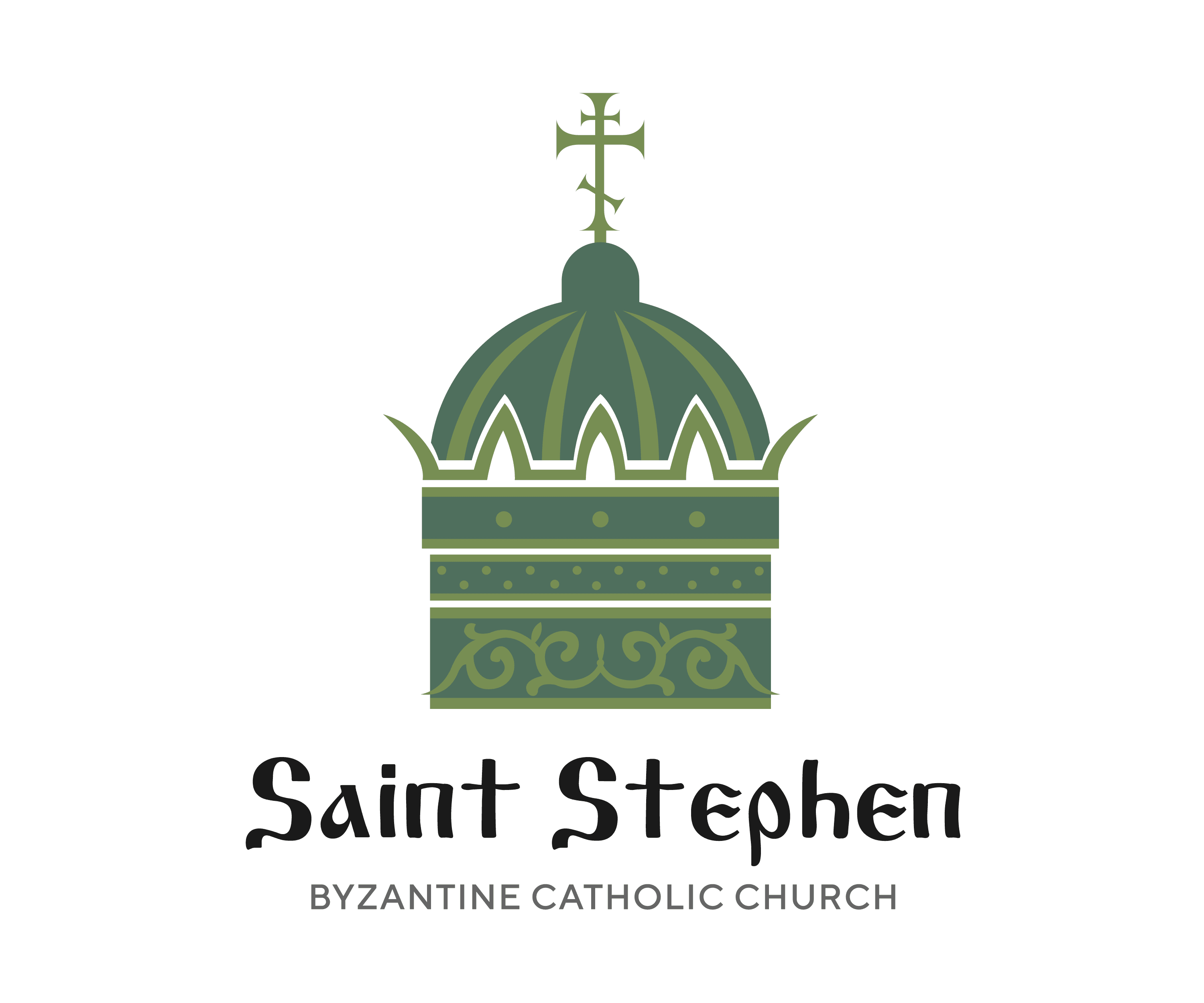Great Vespers will begin at 4pm on Saturday, March 26th, 2022
Sunday Matins will begin at 8am on Sunday, March 27th, 2022.
The Divine Liturgy begins at 10:00am on Sunday, March 27th, 2022.
People’s book for the Divine Liturgy
Whenever we are unable to pray the Divine Liturgy, we traditionally pray Typika in its place:
